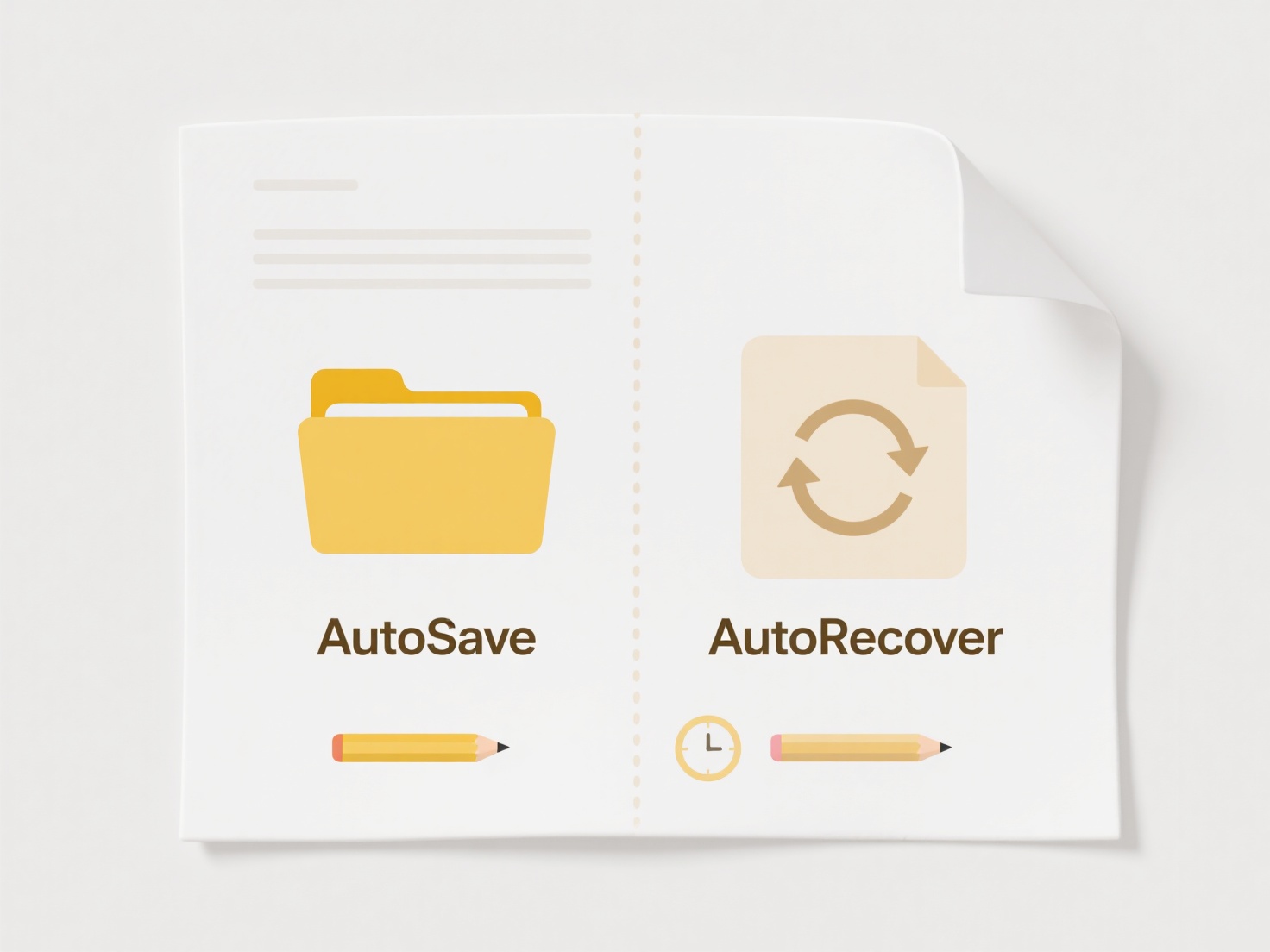
RTF (Rich Text Format) and TXT (Plain Text) are two file formats for storing notes, differing primarily in their handling of formatting. Plain text (.txt) stores only the most basic character information – letters, numbers, and basic punctuation – without any styling like bold, italics, font choices, or colors. RTF (.rtf), however, is designed to save basic formatting such as fonts, styles, and simple alignments. While an .rtf file preserves visual layout across different programs, a .txt file contains only raw content.

Use .txt for notes requiring extreme simplicity, universal compatibility, and future-proof readability across any device or operating system (like coding snippets, quick reminders, or raw logs viewed in editors like Notepad or vim). Choose .rtf for notes needing basic visual emphasis (like simple formatted documents, drafts with headings, or highlighted research notes), often created and viewed in programs like WordPad or older versions of word processors.
Plain text excels in universal access and tiny file sizes, ensuring notes remain readable decades later. However, it lacks any visual richness. RTF offers light formatting for easier readability on complex points, but files are larger and formatting can sometimes render inconsistently between different software. While both are accessible, complex notes are better served by modern formats like Markdown; .rtf provides a middle ground for basic styling needs without the lock-in of proprietary formats.
Should I use .rtf or .txt for notes?
RTF (Rich Text Format) and TXT (Plain Text) are two file formats for storing notes, differing primarily in their handling of formatting. Plain text (.txt) stores only the most basic character information – letters, numbers, and basic punctuation – without any styling like bold, italics, font choices, or colors. RTF (.rtf), however, is designed to save basic formatting such as fonts, styles, and simple alignments. While an .rtf file preserves visual layout across different programs, a .txt file contains only raw content.

Use .txt for notes requiring extreme simplicity, universal compatibility, and future-proof readability across any device or operating system (like coding snippets, quick reminders, or raw logs viewed in editors like Notepad or vim). Choose .rtf for notes needing basic visual emphasis (like simple formatted documents, drafts with headings, or highlighted research notes), often created and viewed in programs like WordPad or older versions of word processors.
Plain text excels in universal access and tiny file sizes, ensuring notes remain readable decades later. However, it lacks any visual richness. RTF offers light formatting for easier readability on complex points, but files are larger and formatting can sometimes render inconsistently between different software. While both are accessible, complex notes are better served by modern formats like Markdown; .rtf provides a middle ground for basic styling needs without the lock-in of proprietary formats.
Quick Article Links
How does ransomware affect cloud-synced files?
Ransomware encrypts files on an infected device, making them inaccessible until a ransom is paid. When these files are s...
What tools work best for large-scale duplicate cleanup?
Large-scale duplicate cleanup tools remove redundant copies of data across vast datasets and storage systems. Unlike bas...
How do I search files by tags?
Searching files by tags involves locating documents using descriptive keywords you assign, instead of relying on filenam...